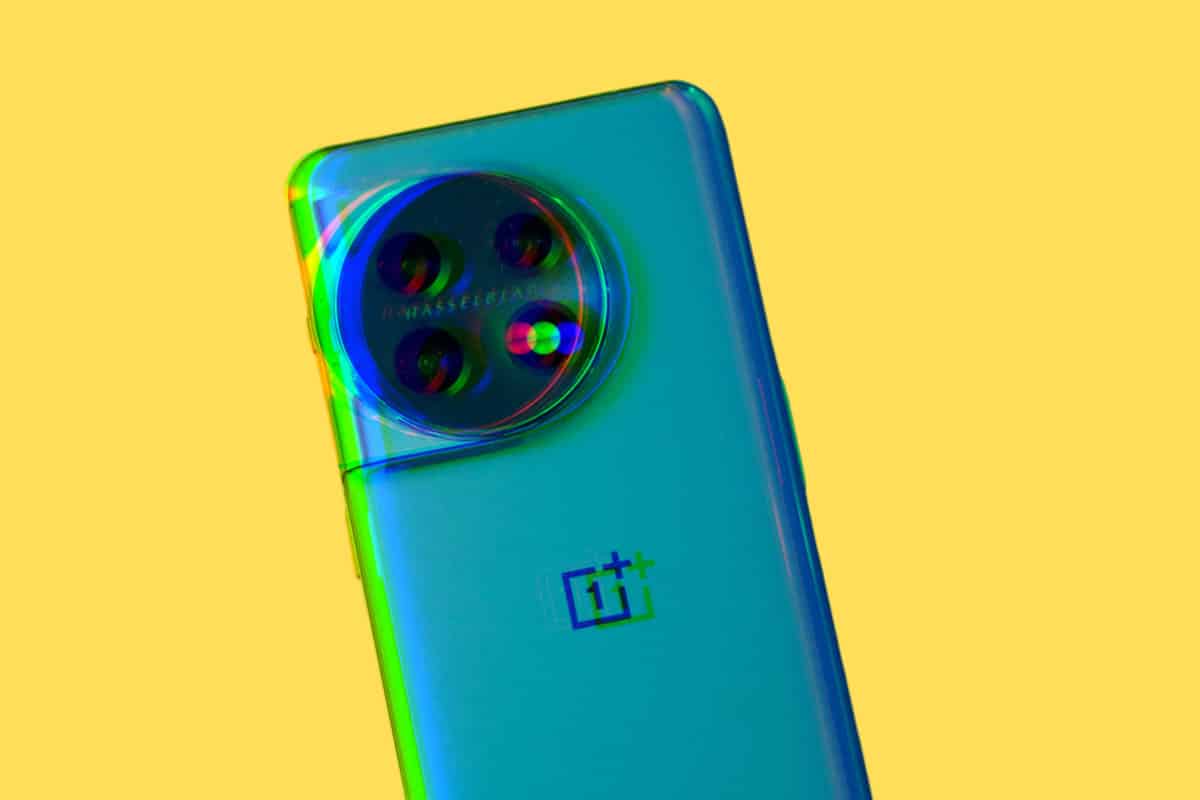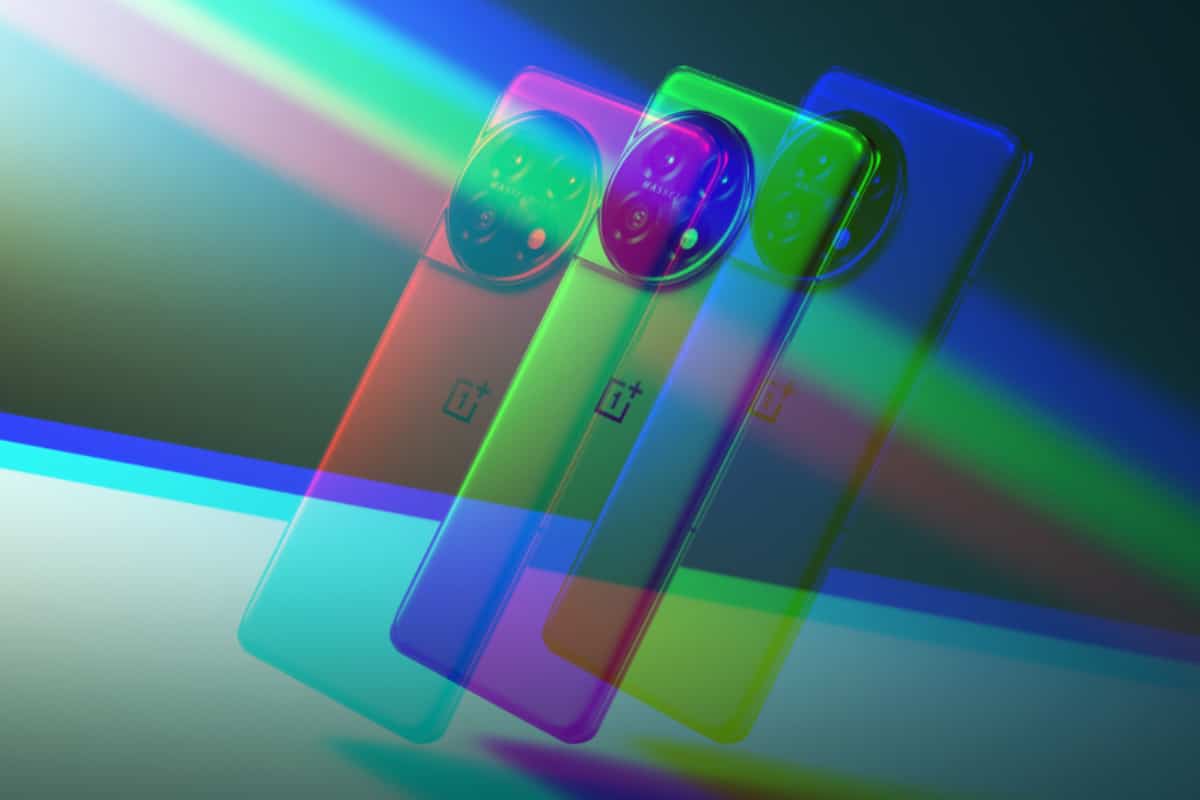Is The OnePlus 11 Waterproof? No – Here’s Why…

Is the OnePlus 11 waterproof? No, it isn’t – here’s everything you need to know…
The OnePlus 11 is a brilliant phone, a true return to form for OnePlus. The price is excellent – $699 – and, as we noted inside our OnePlus 11 review, it has all the performance modern users need.
One of the biggest things about the OnePlus 11 is its new price; the phone is now significantly cheaper than the company’s last flagship out. And unlike previous years, there will NOT be a OnePlus 11 Pro either.
This means, for 2023 at least, the OnePlus 11 is the company’s main flagship phone. And its aggressive new pricing structure is what the company hopes will bring its brand back in favor with Android users.
Of course, getting the price down to $699 meant there had to be some concessions when it came to the phone’s hardware. If you want to cut costs, you have to remove things – this is basic economics 101.
Is The OnePlus 11 Waterproof?

OnePlus 11 IP Rating
One of the major things missing from the OnePlus 11 is an IP68 rating; instead, it uses the older and not nearly as robust IP64 which makes the phone splash proof but will not protect it should it be submerged in water.
IP64 Rating Explained
An IP64 rating is a measure of the level of protection that a device has against solid and liquid ingress, where “IP” stands for “Ingress Protection”.
- The “6” in the rating refers to the protection level against solid objects, such as dust, while the “4” refers to the protection level against liquid ingress.
- Specifically, the IP64 rating indicates that the device is dust tight, which means it provides complete protection against the entry of dust particles.
- Additionally, it has protection against splashing water from any direction, but it is not fully waterproof or submersible.
In summary, an IP64 rating means that the device has a moderate level of protection against water and dust, but it is not completely waterproof and should not be submerged in water.
Understanding the IP68 Rating
In contrast, a device with an IP68 rating provides the highest level of protection currently defined by the IP standard. The ‘6’ once again signifies complete protection against dust ingress.
The ‘8’, however, is a significant step up from the ‘4’ in the IP64 rating. An ‘8’ indicates that the device is not just splash-resistant but can also be submerged in water, typically up to a specified depth for a defined duration. The exact details of the depth and duration for which an IP68-rated device can safely remain underwater can vary between manufacturers, so it’s essential to check these specifics.
For example, a smartphone with an IP68 rating might be advertised as capable of being submerged up to 1.5 meters deep for up to 30 minutes without suffering any damage. However, it’s crucial to remember that this does not necessarily mean the device is suitable for high-pressure water activities, such as water jet cleaning or water sports, unless explicitly stated by the manufacturer.
IP64 vs IP68: Key Differences
The primary difference between IP64 and IP68 ratings lies in their respective levels of water protection. While an IP64-rated device can resist splashing water, it cannot withstand being submerged. Conversely, an IP68-rated device is designed to survive not just water splashes but also temporary submersion underwater.
In terms of dust protection, both ratings offer the same level of resistance. Devices with either rating provide complete protection against harmful dust ingress, making them suitable for use in dusty environments.
This means if you’re running or thinking about running a OnePlus 11 in 2023, you will want to keep it away from ALL forms of water and liquid. The odd splash here and there will be fine but if you drop it in the bath or a pool, it could destroy the phone’s internal components.
Here’s a quick breakdown of all the features the OnePlus 11 does not feature:
- No Wireless Charging
- No IP68 rating; instead, it uses IP64
- Base models come with 128GB of storage
- Limited RAM (8GB) on base models
Is this a big deal? I’d argue, no. The OnePlus 11, like Nexus phones of old, focusses solely one what users want and need to get stuff done. The camera, while not quite as good as a Pixel or Galaxy S phone, is decent, and it has plenty of power on tap, thanks to its Snapdragon 8 GEN 2 CPU.
It’ll also do 80W charging in the US and 100W elsewhere but, again, there is no wireless charging option. Speaking personally, this is not a deal-breaker for me. I’d much rather have ultra-fast wired charging over wireless charging.
And I never get my phones wet anyway, so I really wouldn’t let the OnePlus 11’s IP64 rating bother you if this is a phone you’re thinking of buying. The OnePlus 11 is a fantastic device well worth a look in 2023, especially if you want flagship performance for a lot less.

